How to promote a virtual event on social media
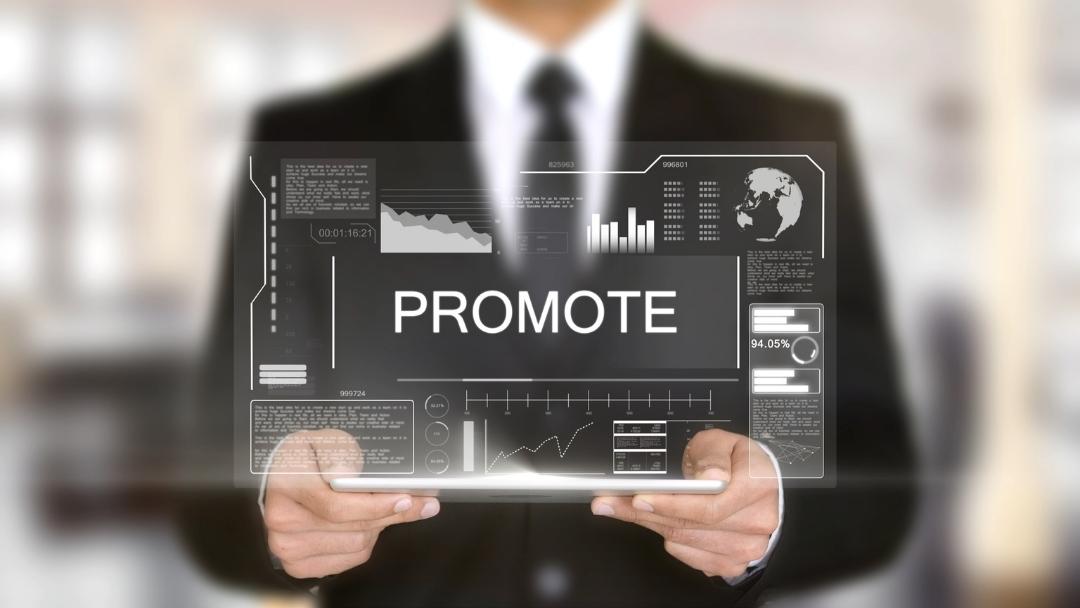
Table of contents
In order to optimize the impact of a virtual event, it is essential to implement a communication strategy before, during and after the event. How to promote a virtual event on social media? Here, you’ll get the answer in 12 essential steps!
But remember: The success of an event is never guaranteed.
Despite the financial investment, despite the time you spend on its organization and the quality of your programming, it is not guaranteed that your event will move the crowd. To put all the chances on your side and get the results you are aiming for, it is essential to promote your event.
How? With a real strategy!
Communicating on your event will allow you to gain visibility and notoriety, to increase the number of participants and their commitment. To promote your event before, during and after D-day, social networks are relevant levers.
How to promote a virtual event on social media (webinar, online conference, video summit...)? Indeed, with the multiplication of online events, we are witnessing an erosion of the audience and a decrease in registrations. For example, in 1 year, the live participation rate for webinars has dropped from nearly 40% to around 30%, with a replay rate that now falls to around 20%.
Hence the importance of carefully promoting your webinar to:
- Get more registrants
- Get more people to attend the live webinar (e.g.: offer a gift at the end, highlight the Q&A with the experts...)
- Encourage people to watch the replay
Promoting a virtual event and getting the maximum number of attendees

Whether it is virtual, hybrid or physical, the participation in an event is the major stake.
The number of registrations will necessarily play a role in the number of attendees, even if it is also necessary to work on the participants' journey (from registration to sending the replay). By adopting a few good habits and good reflexes you can organize an event that will be perceived as exceptional.
If you don't manage to promote it effectively and get your target audience to come, no matter how much effort you put into the organization or the quality of the proposed content, you will have worked hard for a result that won't live up to your expectations and budget.
A digital event (also called webinar, webinar, online conference...) is an online event where people only are participating via the internet. On the organizer side, the event is broadcasted either from a studio with cameras and a director, or simply via a PC using webinar tools (see this article with a comparison between Zoom and LiveStorm).
Thus, these digital or connected events allow messages to be transmitted without a physical meeting. The advantage of this type of event is to increase their reach and to obtain a national (or even international) dimension, as participants can attend without travelling, and even see the replay if they are not available.
Can all types of events be digitized?
From conventions to seminars to corporate parties, almost any event format can be digitized.
Organizing an online event is not the most complicated, because the investment starts at less than 100 € / month for an online event platform, to climb to more than 10 000 € for the rental of a studio with all the team (director, makeup artist...).
Before promoting it, make sure you design an event that makes sense to your target audience. It must provide real added value that will encourage them to participate. Keep in mind a key principle that should guide your promotional efforts "Why should my contacts participate in my online event, what is the benefit to them?"
Remember that your audience is over-solicited by many events similar to yours. They've been going to video conference meetings, online webinars that aren't always relevant, and other camera-based events for the past year. This overconsumption of videoconferences generates a real "Zoom fatigue" in many Internet users.
The "Zoom fatigue" symptom means that people are a bit tired of online events "without flavor" or added value, and this will make them even more selective with the proposed events!
An event relies above all on the choice of a target, a message to convey and a dedicated environment. So define well in advance the expectations, needs, frustrations and pain points of your audience. Then design the event tailored to meet their desires, expectations and attitudes. Offer them unique and useful content that will differentiate you from your competitors.
This way, you will give them a real experience, tailor-made for them!
Essential event branding
The branding linked to the event is essential. The name of the event associated with its logo allows it to make its existence known. It is an element of differentiation from competitors. It also gives the possibility to identify and characterize the event. This territory also participates in the sensoriality and the narrative around the event.
Choosing a name for your event and its logo remains strategic.
12 steps to promote an event on social media

Step #1 | Choose the right social networks
To promote an event effectively on social networks, it is necessary to first strategically select the platforms on which to communicate. To properly choose which social networks to use to promote your event, think about your goals and your target audience:
- Who is your target?
- What do they expect from you?
- What content do they like to consume?
- On which platforms?
To go further: Which social networks to choose for your company?
Step #2 | Define a hashtag for your event
The hashtag has a double advantage in promoting an event on social networks.
First, it will allow you to follow and analyze everything that is said before, during and after your event. This monitoring will allow you to adjust in real time the organization and promotion of your event. Then, the hashtag will allow you to reinforce the image of your event. Finally, the event is a product where the hashtag is the brand.
In this approach, the hashtag will also reinforce the feeling of belonging to a community among the participants. To promote your event with a quality hashtag, choose a simple and short hashtag.
Remember that on Twitter, tweets are limited to 280 characters. Also, to encourage participants to use your hashtag, don't hesitate to use it to communicate everything you do. In each of your posts on social networks, on your visuals, on the location of the event etc...
Finally, consider asking participants to mention this hashtag to communicate around the event on social networks.
Step #3 | Do some teasing
To promote your event on social networks and convince your target to participate, you need to make their mouths water. To do this, well before the big day, start promoting your event on social networks by telling the story behind the scenes of the organization or by regularly revealing small parts of the program.
To communicate well around your event, you need to generate interest and anticipation.
Step #4 | Invite influencers
No matter what business you're in, chances are there are thousands of influencers you can invite to your event. Influencers have a large and engaged community. If they are interested in your event, they will not hesitate to promote it on their social networks or their website.
Beware, influencers are very courted. So take care to personalize your message and be creative!
Step #5 | Designate someone to communicate during the event
I regularly organize conferences around web marketing and digital communication. I manage all the communication of the event and its organization. However, the day of the event, I can't be on stage and communicate on social networks..
The solution here to optimize the promotion of an event is to designate a person to communicate during the event on social networks by posting quotes, photos or videos.
Step #6 | Live stream the event
When you organize an event, there are inevitably people who can't make it to the event.
Yet, they are seduced by the theme...
Don't leave them in their frustration and let them follow your event live. To broadcast a live event, you have different tools like Periscope or Facebook Live. One of the advantages of using live streaming to broadcast your event is that you will then have a video to allow those who are not present to replay it via YouTube or any other platform.
Step #7 | Offer a Wi-Fi connection
If you want attendees to communicate about your event live on social media, you need to make sure they all have a sufficient connection. The best way to do this is to offer Wi-Fi access and post the steps to connect to it at the event.
You can also give a verbal reminder of the login and password before starting your event.
Step #8 | Broadcast the live Twitter feed during the event
To encourage attendees to communicate live on social media, nothing is more relevant than posting live what is being said on social media.
It's human, we are more tempted to do something if many before us have done it. Seeing live twitter feed scrolling through the event will make your attendees more tempted to take action.
Step #9 | Take as many photos as possible
To maximize the visibility of your event and help communicate the following, consider taking as many candid photos as possible. If you can, plan a fun, aesthetically pleasing location for attendees to take pictures of themselves. People love it and they'll be sure to share those great photos on social media.
Moreover, by posting the best photos on your social networks after the event, you will be able to keep the visibility brought by the event and will encourage participants to join you just to see how they appear in the shots.
Step #10 | Make a report
The end of an event does not mean the end of its promotion. How to promote your virtual event on social media? With social media, you can continue to promote your event by posting a report of what happened on the day. Text, photos, videos... everything is good to make participants relive the event and allow those who missed it to see what they missed.
Continuing to communicate your event will allow you to enjoy the visibility it brings you for a while longer.
Step #11 | Set the next date
The success of your event should allow you to maximize the impact of the next one. So don't hesitate to use social networks to set your next appointment! It can be interesting here to allow members of your community to register for the next event via a form like Eventbrite or Doodle.
Satisfied attendees will already want to reserve their spot and frustrated absentees won't want to miss the next deadline.
Step #12 | Be original!
As you know, you're not the only one organizing events.
Your customers and prospects are being asked for help from all sides and are fully aware that an event usually has a commercial purpose. For your event to be a success, not everything depends on promotion. Your event must be a quality event and bring added value to the participants.
Think carefully about what your event can bring to your target audience and find the formula that will make you stand out from your competition. Promoting an original event is a piece of cake. Promoting a flawed event may work once, but the next time, you will be alone at the event…
Conclusion:
The promotion of a virtual event requires much more advanced techniques than for a physical event. Since it is an online project, it is through this same channel that you will have to launch your marketing campaign. However, some standard pre-event communication practices are still applicable, even for this format.
The web is full of possibilities to promote your virtual event. You just have to find the means that match your objectives and your means. You now know how to promote your virtual event on social media.



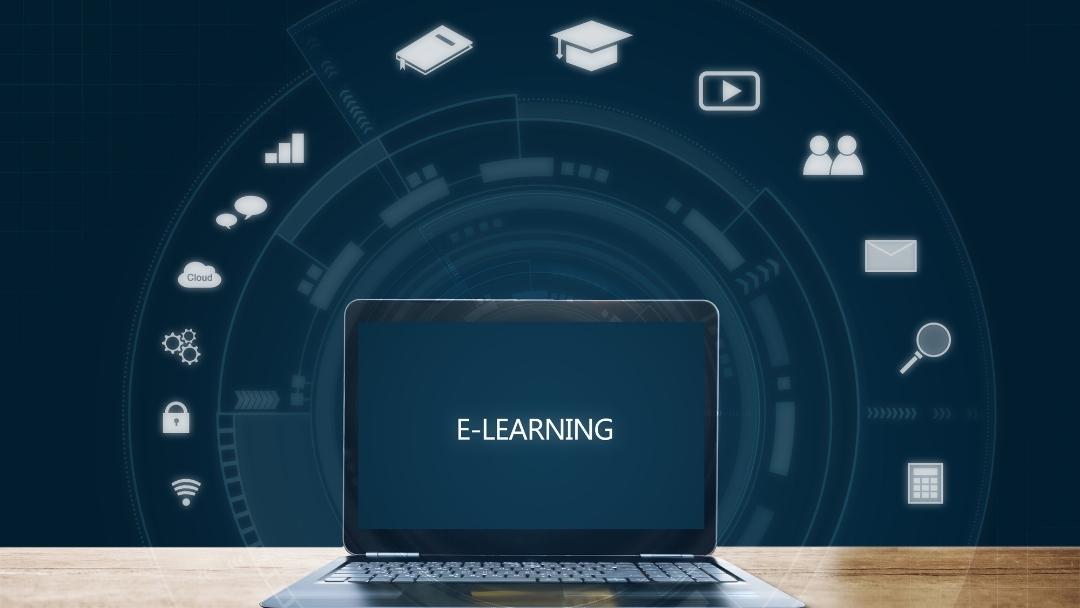


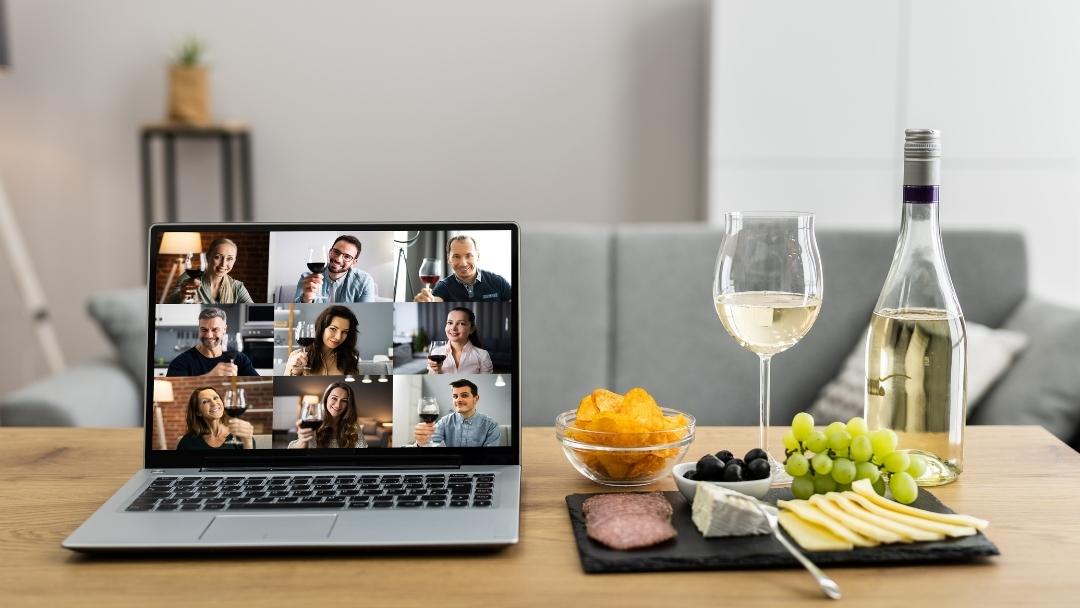





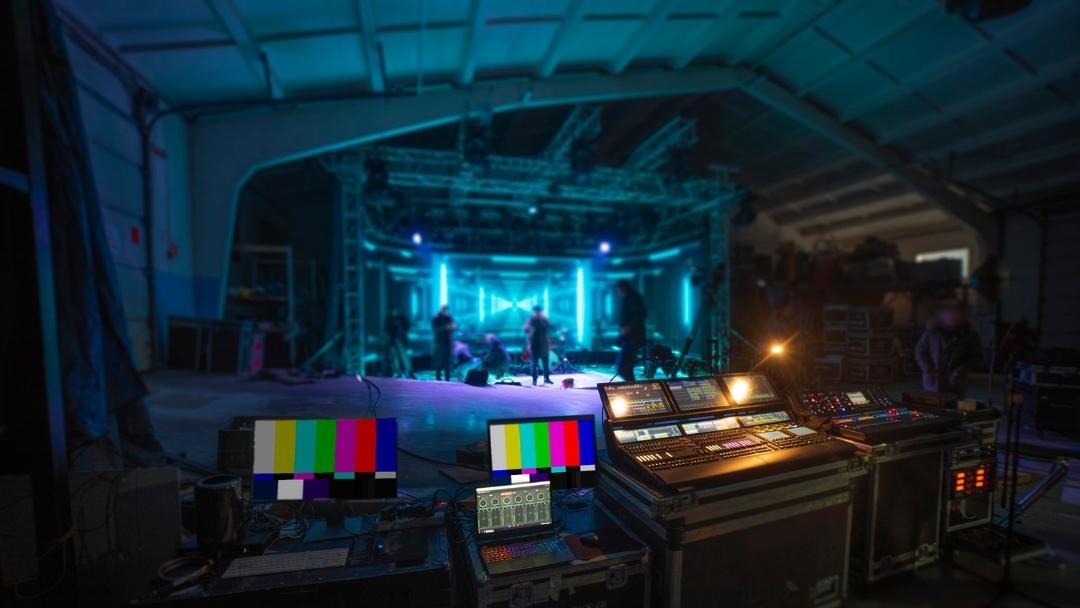

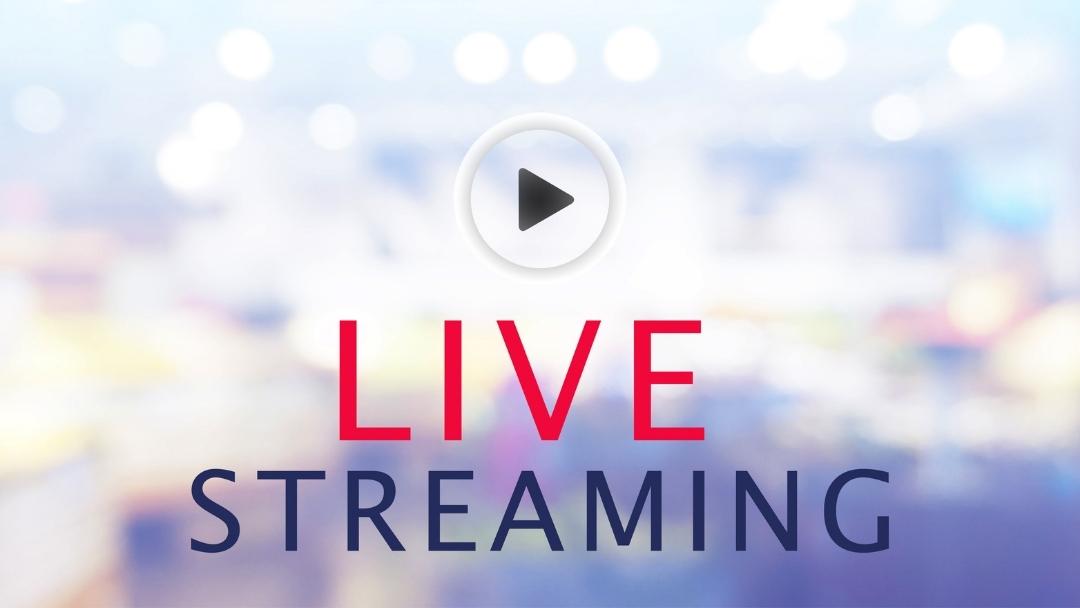
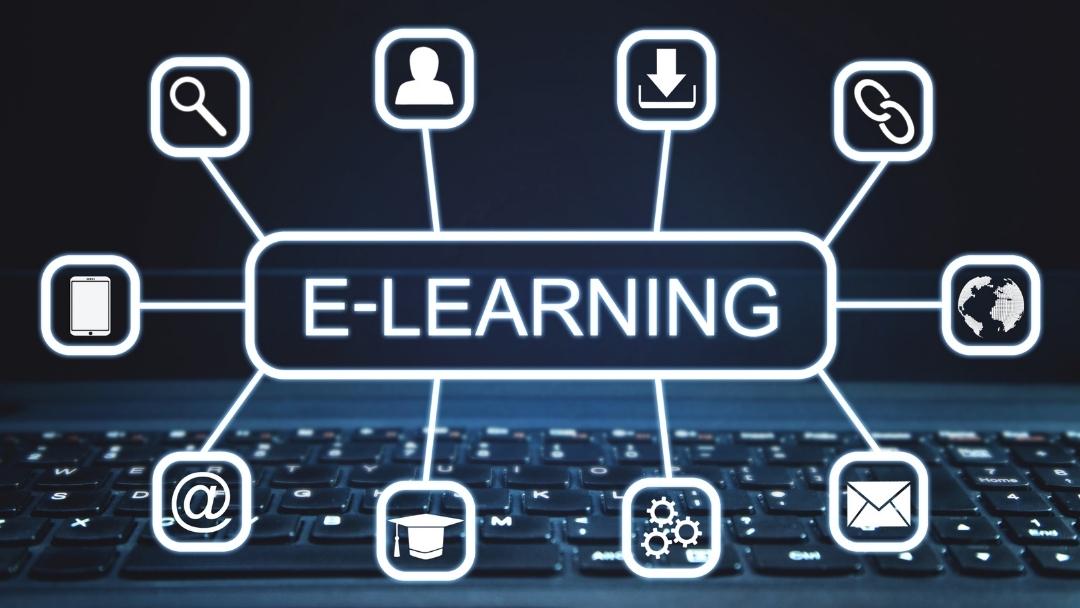


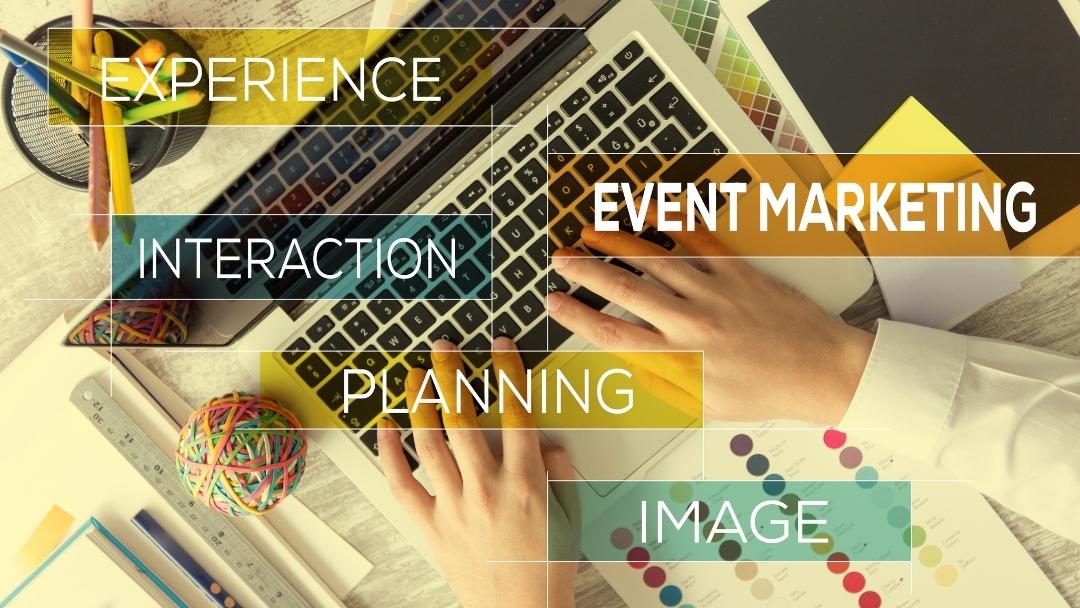

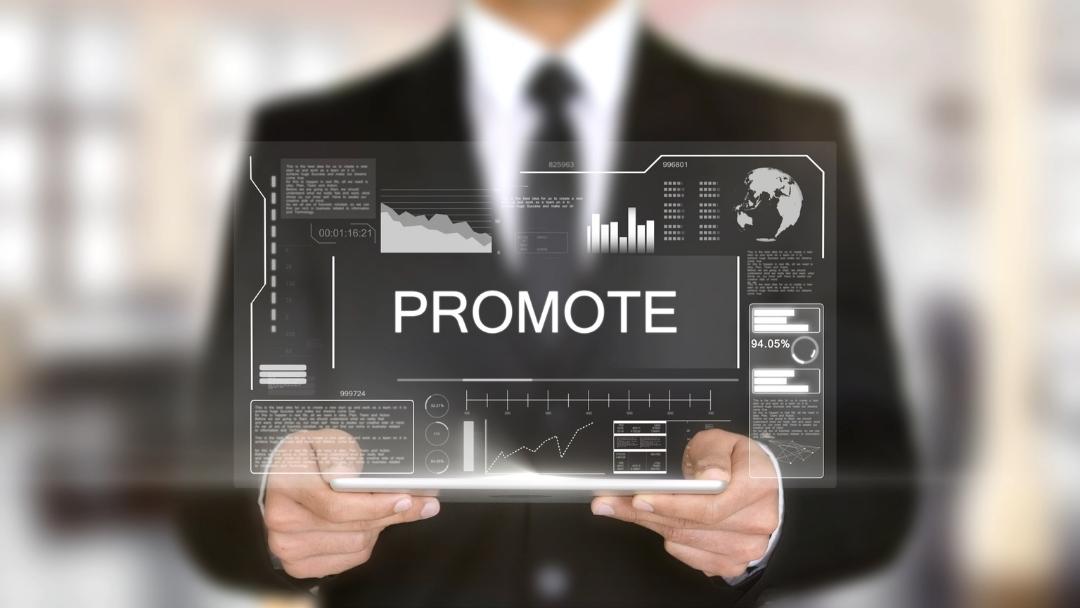
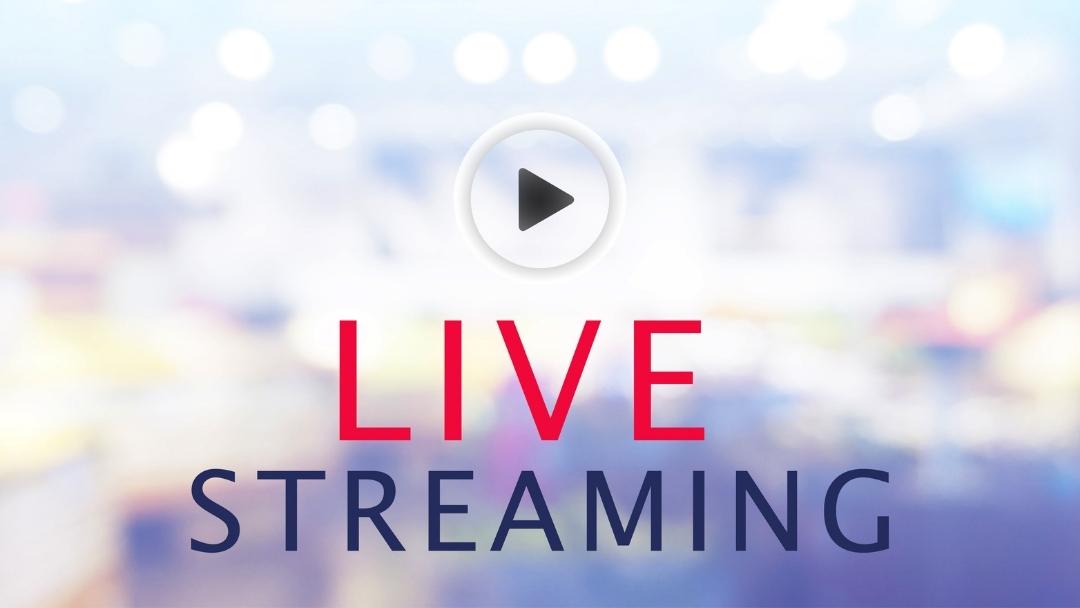

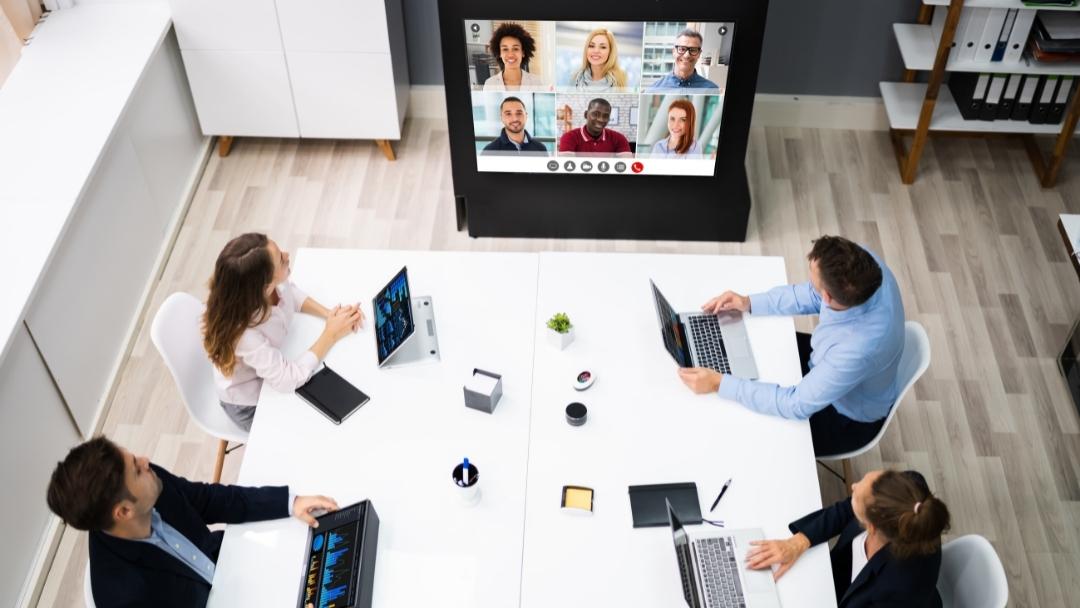

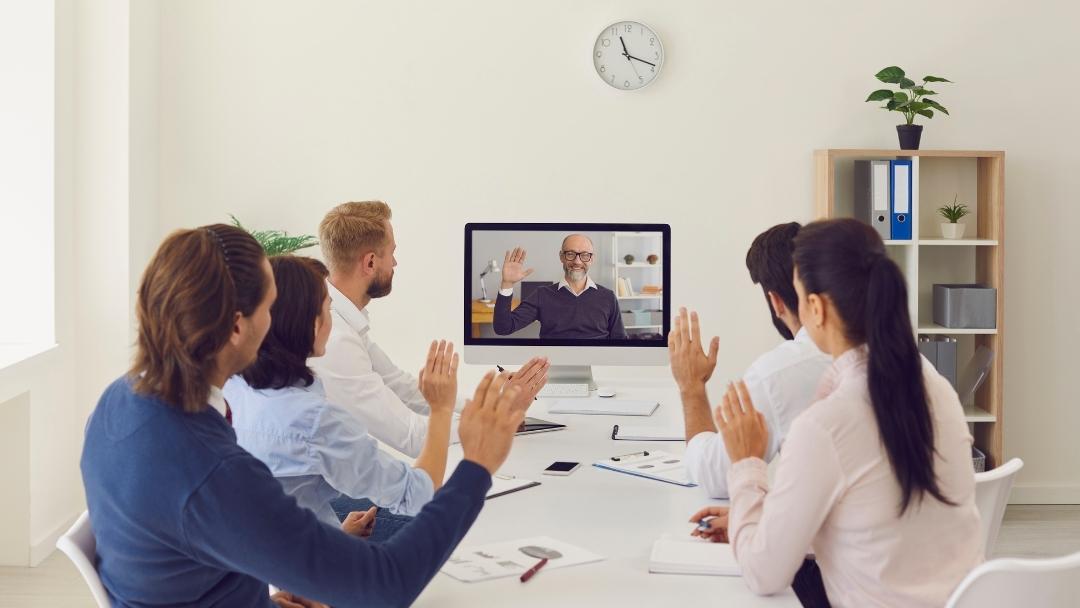

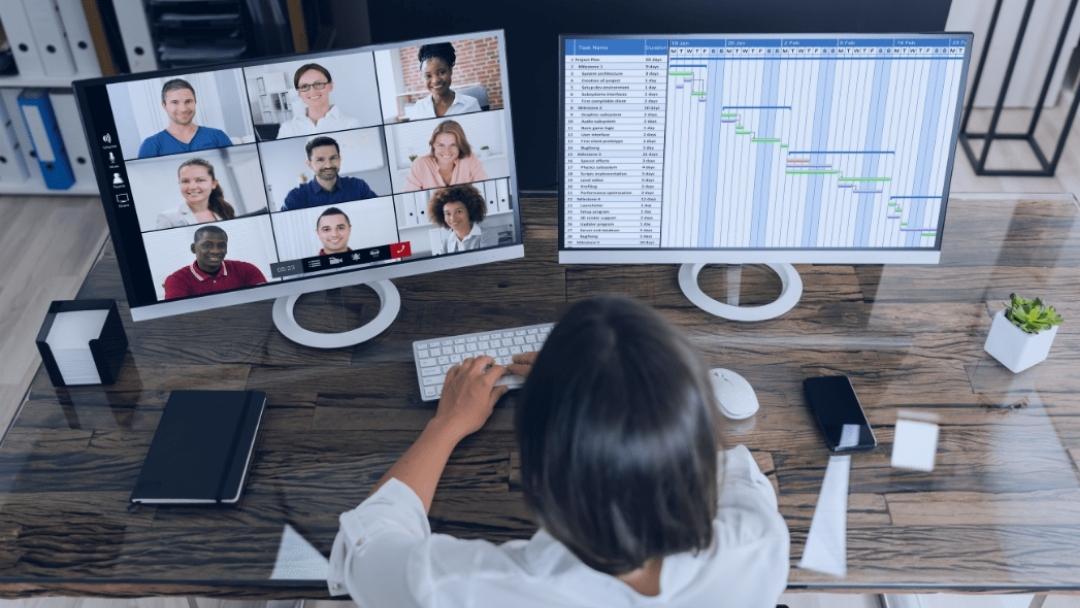

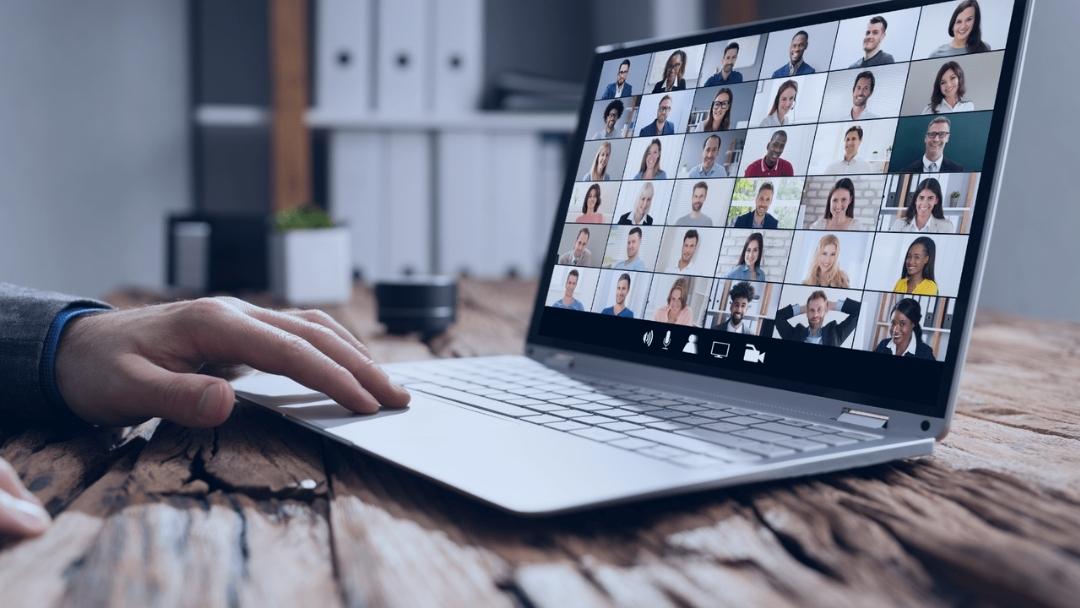


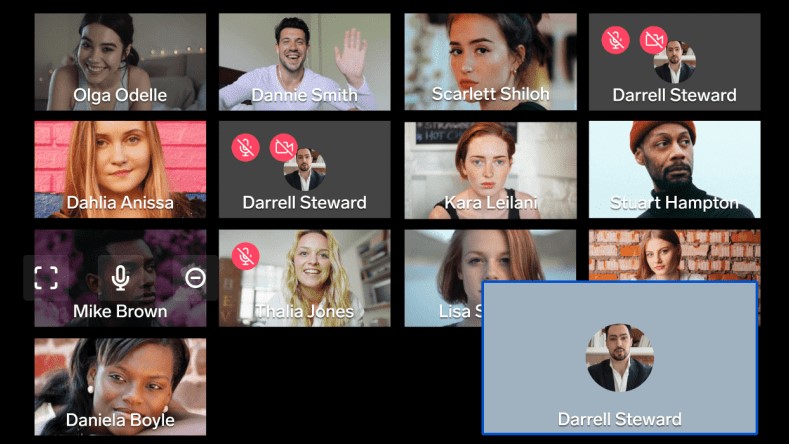

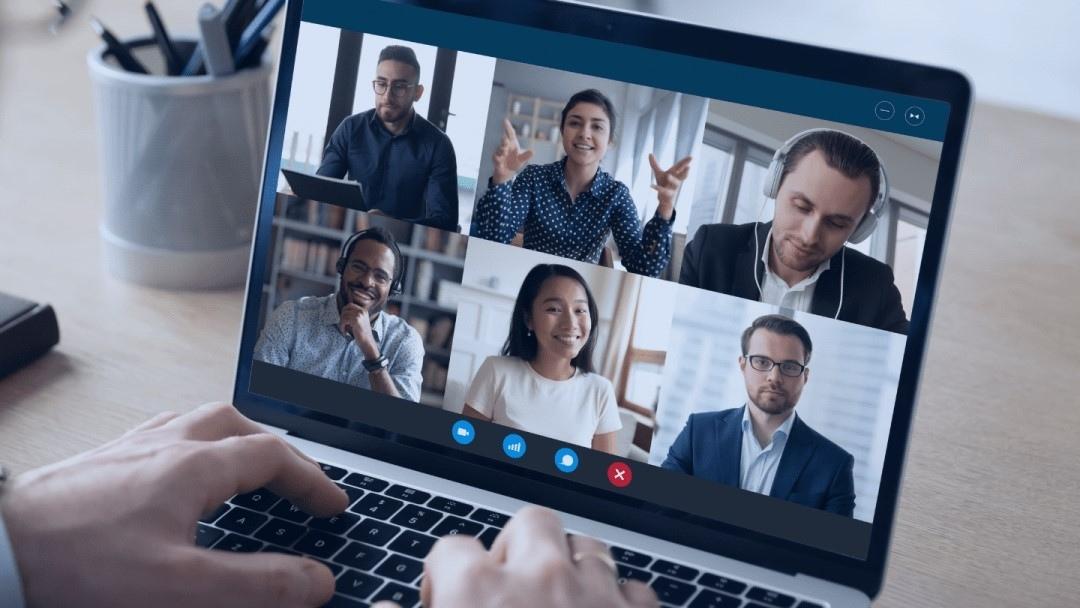






.png)

